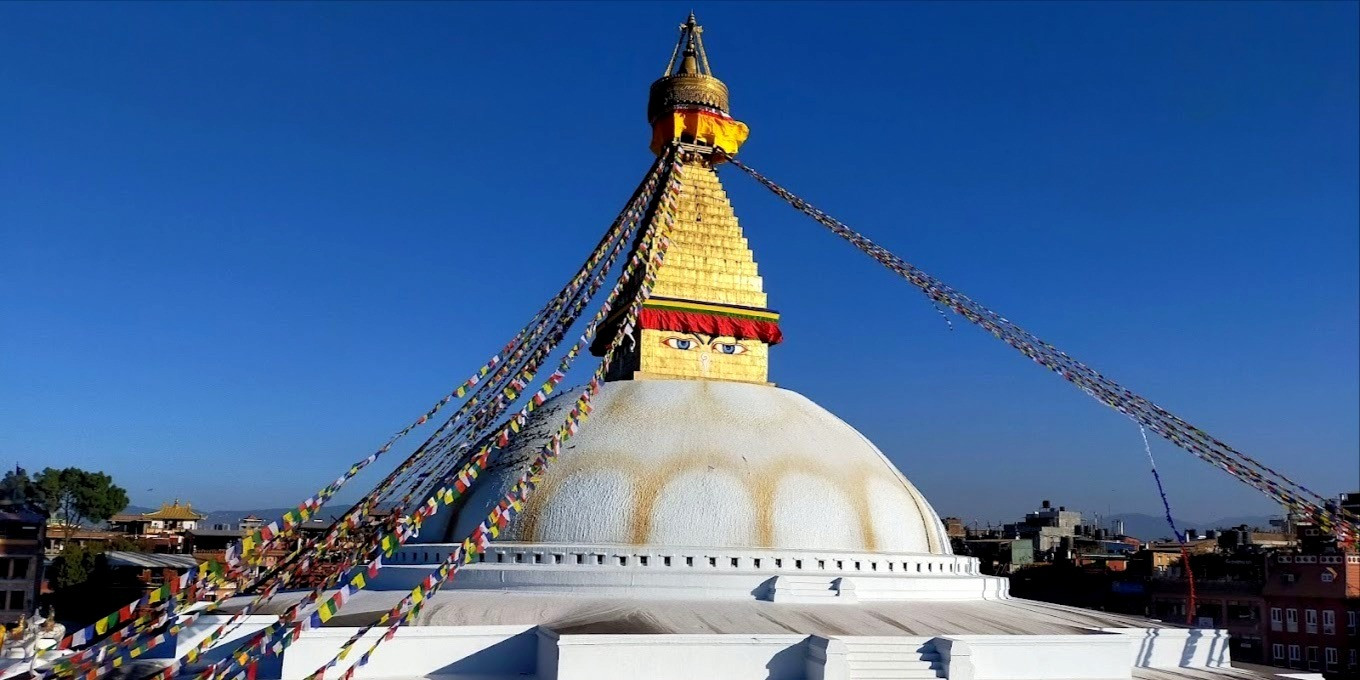Bhaktapur Durbar Square
Bhaktapur Durbar Square is a gem in the heart of Bhaktapur, one of the three royal cities in the Kathmandu Valley. Rich in historical and cultural heritage, this UNESCO World Heritage Site is renowned for its exquisite art, colorful festivals, and stunning architecture. The square itself is a collection of pagoda and shikhara-style temples, grand palaces, and vibrant courtyards, each telling a story of Nepal's rich past.
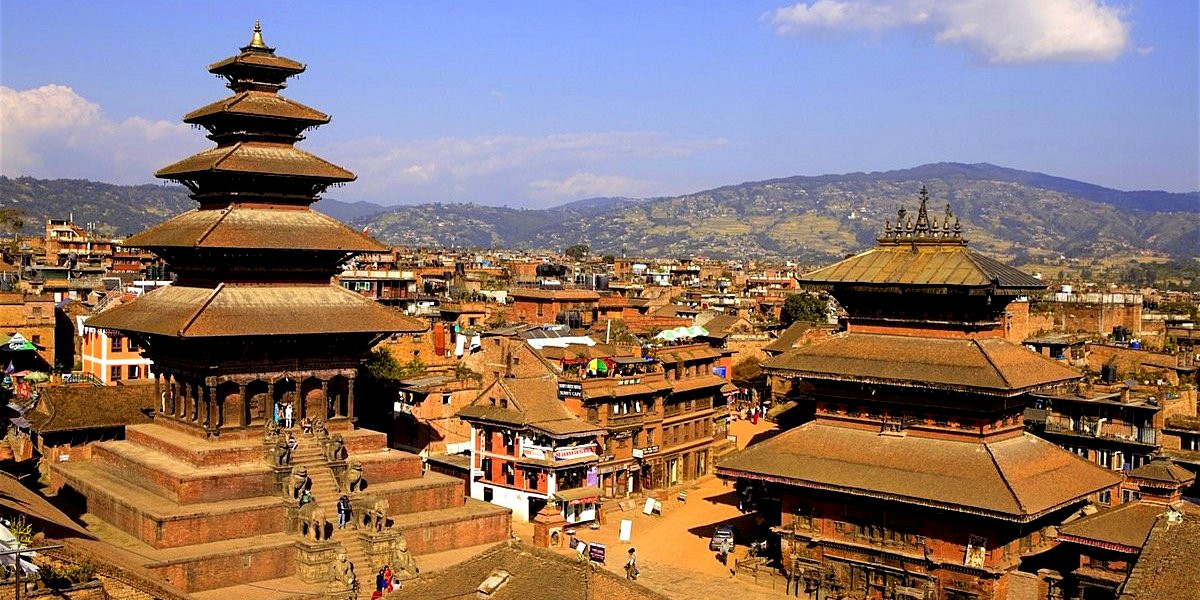
Key Attractions:
-
55 Window Palace: This palace is a masterpiece of wood carving and architecture. It was the royal palace of the Malla Kings and is most notable for its intricately carved windows and balconies.
-
Golden Gate: The entrance to the main courtyard of the 55 Window Palace, this gate is regarded as one of the most beautifully molded specimens of its kind in the world.
-
Nyatapola Temple: This five-storied pagoda was erected by Bhupatindra Malla during a 5-month period and stands as Nepal’s tallest temple.
-
Bhairava Nath Temple: Dedicated to Lord Bhairava, the god of terror and death, this temple has a gory history but plays a significant role during the annual Bisket Jatra festival.
-
Lion’s Gate: Featuring two massive statues of lions alongside those of Ugrachandi (the goddess of death and destruction) and her consort, it's said that the sculptor had his hands cut off after completing them, to prevent him from replicating his masterpieces.
Cultural Significance: Bhaktapur Durbar Square is not only a hub for tourists but also serves as a focal point for local festivals and traditions. The most famous of these is the Bisket Jatra, an annual celebration that marks the Nepali New Year with chariot processions, tug-of-war competitions, and other rituals that draw thousands of spectators from across Nepal.
Visiting Bhaktapur Durbar Square offers a profound glimpse into the art, culture, and history of Nepal, making it a must-visit for anyone traveling to Kathmandu. With its pedestrian-friendly zones, it is a place where one can easily spend a day wandering through the past, admiring the craftsmanship of the Malla dynasty artisans, and experiencing the vibrant local life that continues to thrive within this ancient square.
Nagarkot Sunrise View
Nagarkot, located approximately 32 kilometers east of Kathmandu, is famed for offering one of the most spectacular sunrise views over the Himalayas, including Mount Everest and other peaks of the mountain range on a clear day. It is a prime destination for those looking to experience the beauty of nature without venturing too far from the capital city.
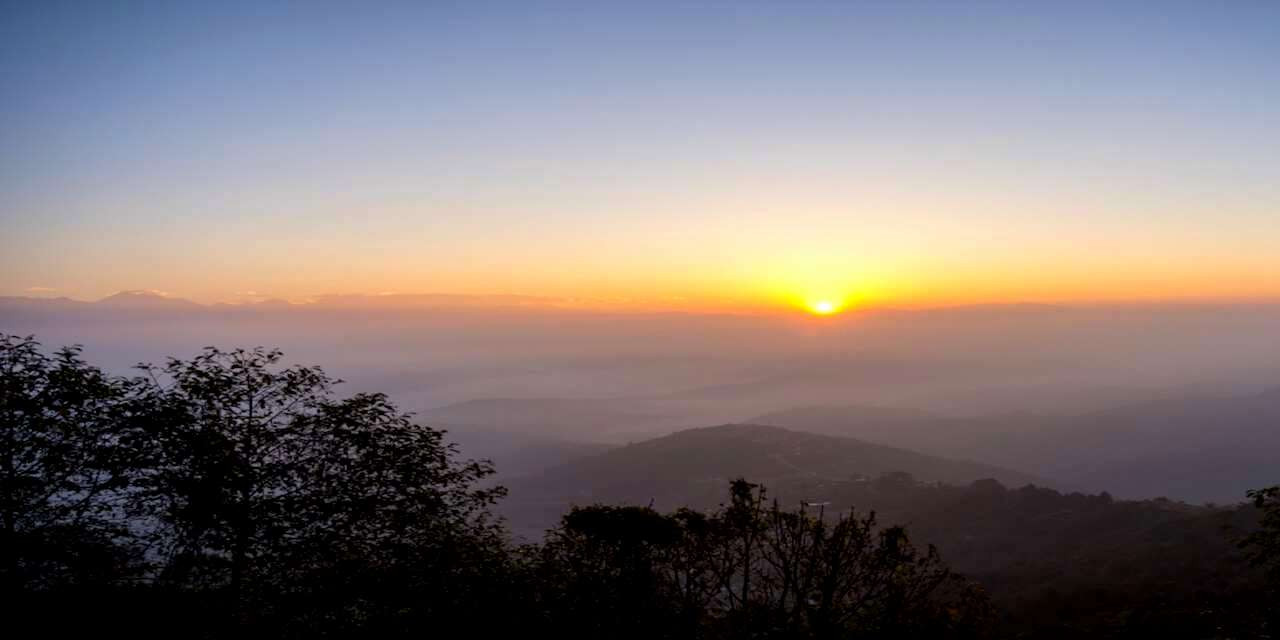
Why Visit Nagarkot for the Sunrise
-
Panoramic Views: Nagarkot provides a breathtaking 360-degree view of the Himalayan ranges. The sunrise from this vantage point, as the sun ascends over the snow-capped peaks, paints the sky in vibrant hues and the mountains in golden light, creating a truly mesmerizing spectacle.
-
Accessibility: Its proximity to Kathmandu makes it an easily accessible location for a quick getaway, ideal for tourists who have limited time but want to experience the grandeur of the Himalayas.
-
Tranquility: Unlike the bustling streets of Kathmandu, Nagarkot offers a peaceful retreat amidst nature. It's a great spot to relax, meditate, and soak in the serene environment.
-
Best Time to Visit: The best time to visit Nagarkot for the sunrise view is during the autumn months (September to November) when the skies are clear and the views are unobstructed. Spring (March to May) is also a good time, with moderate temperatures and clear skies.
What to Do in Nagarkot:
-
Hiking: There are several hiking trails around Nagarkot that visitors can explore. These range from short walks to more rigorous hikes that lead to other scenic spots like Dhulikhel or Changu Narayan.
-
Photography: With its scenic landscapes and panoramic views, Nagarkot is a haven for photographers looking to capture the natural beauty of Nepal.
-
Stay Overnight: To catch the early morning sunrise, many visitors choose to stay overnight in one of Nagarkot’s many hotels or guesthouses that cater to a range of budgets and preferences.
-
Getting There: Nagarkot can be reached by bus, car, or taxi from Kathmandu. The journey takes about 1-1.5 hours, winding through scenic hills and small villages, adding to the overall experience of the trip.
Experiencing sunrise in Nagarkot is more than just a visual delight; it’s a way to connect with the majestic and pristine nature of Nepal, making it a must-do for any visitor to the Kathmandu Valley. Whether you're a nature lover, a photography enthusiast, or simply someone in search of peace, the early morning trek to view Nagarkot’s sunrise is well worth the effort.
Patan's Artisan Workshops
Patan, also known as Lalitpur, which translates to the "City of Beauty," is located across the Bagmati River from Kathmandu and is one of the three royal cities in the Kathmandu Valley. It is particularly famed for its artisan community and rich cultural heritage, largely displayed through its beautiful handicrafts and intricate artworks. Patan's artisan workshops are a cornerstone of this heritage, making it a key destination for anyone interested in traditional Nepalese craftsmanship.
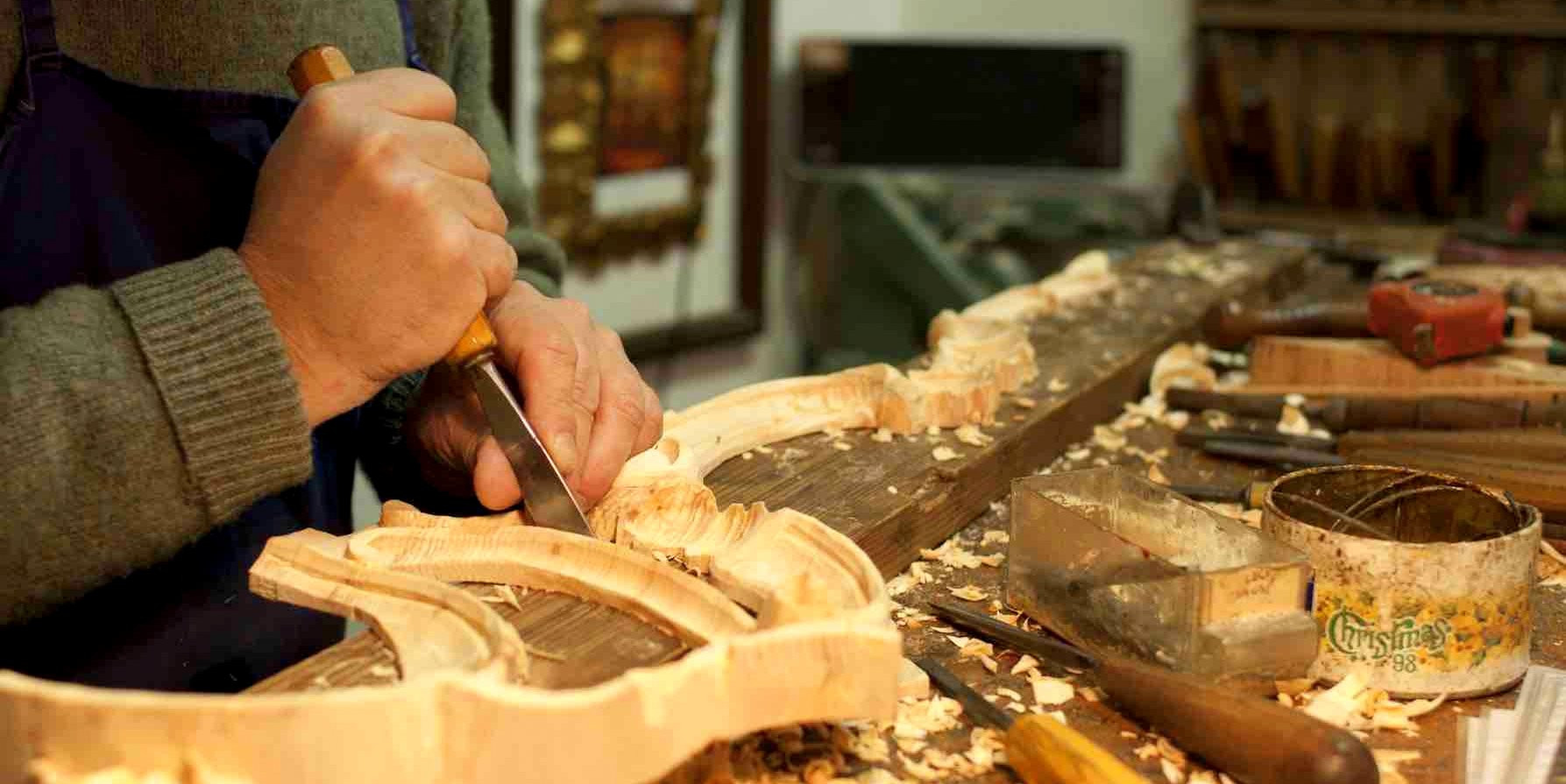
Why Visit Patan's Artisan Workshops
-
Cultural Immersion: Patan's workshops offer a deep dive into the ancient arts of Nepal, including metalworking, wood carving, and the famous thangka paintings. These workshops are not just places of business but are vibrant hubs of culture and tradition where the skills have been passed down through generations.
-
Live Demonstrations: Many workshops in Patan allow visitors to observe artisans at work, providing an up-close look at the complexity and skill involved in their crafts. This is a rare opportunity to see traditional techniques in action, from intricate carving to the delicate brush strokes on a thangka.
-
Support Local Artisans: Purchasing handicrafts directly from the workshops not only provides you with a unique and authentic souvenir but also supports the local economy and helps in preserving these ancient crafts for future generations.
Key Crafts and Products
-
Metalwork: Patan is renowned for its metal statues and sculptures, traditionally made using the lost-wax casting technique. These pieces often depict Buddhist and Hindu deities and are sought after both locally and internationally.
-
Thangka Paintings: These traditional Buddhist paintings on cotton or silk appliqué are another highlight of Patan’s artistic offerings. Thangkas serve as important teaching tools depicting the life of the Buddha, various influential lamas, and other deities and bodhisattvas.
-
Wood Carving: Patan’s wood carvings can be seen adorning temples and palaces throughout the city. Artisans also create smaller items like frames, furniture, and decorative pieces, showcasing their detailed carving skills.
Exploring the Workshops: Many of Patan's artisan workshops are located near the Durbar Square, making it easy to combine a visit to the historical sites with a tour of the workshops. Some well-known places like the Patan Industrial Estate host a number of these workshops in one location and are dedicated to preserving and promoting these ancient skills.
Getting There: Patan is easily accessible from Kathmandu by taxi, bus, or even on foot if you are up for a bit of a walk. The journey offers scenic views of the city and the chance to cross the historic Bagmati River.
A visit to Patan's artisan workshops is not just about watching and learning; it's about experiencing the heartbeat of Nepali culture. It offers a fascinating glimpse into the dedication and passion of the artisans who continue to uphold their ancestral legacy through their exquisite handicrafts.
Shivapuri Hiking Trails
Shivapuri National Park, located near the northern edge of Kathmandu valley, is a splendid area for hiking enthusiasts looking to explore the diverse flora and fauna of Nepal. It was officially designated as a national park in 2002 and covers an area of 159 square kilometers. The park is named after Shivapuri Peak, one of the highest among the hills surrounding the Kathmandu Valley.
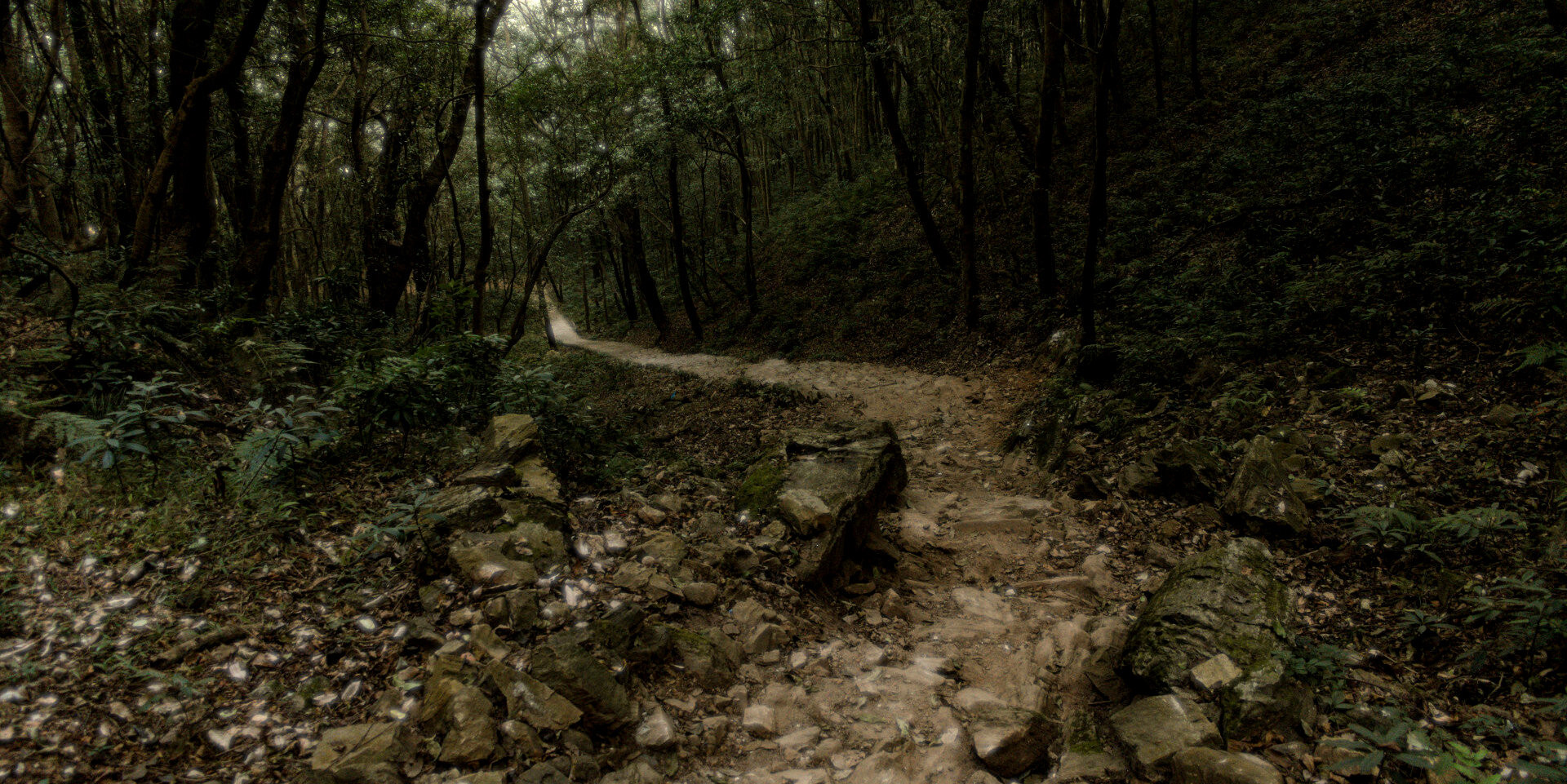
Why Hike in Shivapuri
-
Rich Biodiversity: Shivapuri National Park is home to over 500 species of animals, including leopard, jungle cat, and Himalayan black bear. It is also a haven for bird watchers, with over 300 species of birds.
-
Stunning Natural Scenery: The park offers a mix of dense forests and rugged trails, with several points that provide panoramic views of the Kathmandu Valley and the mountain ranges beyond.
-
Variety of Trails: There are multiple trails suited for different levels of hikers. Whether you're looking for a gentle hike or a challenging trek, Shivapuri has options to suit your needs.
Popular Hiking Trails
-
Nagi Gompa Trail: This trail leads to a nunnery perched in the forest. It’s a serene hike that is relatively easy and offers peace and tranquility away from the bustling city.
-
Shivapuri Peak Trail: For those looking for a bit more challenge, the hike to Shivapuri Peak, at an elevation of 2,732 meters, provides a rigorous workout with rewarding views atop.
-
Bagdwar Circuit: Starting from the army check post at the park entrance, this trail loops around through dense forests and past the Bagdwar, the source of the Bagmati River.
Planning Your Hike
-
Entry Requirements: All hikers need to register at the park entrance near Budhanilkantha Temple and pay a small entrance fee. Make sure to carry your identification as it will be checked.
-
Best Time to Visit: The best months for hiking in Shivapuri are from September to November and from March to May, when the weather is clear and dry.
-
Prepare Appropriately: It's important to wear comfortable hiking boots and carry water, snacks, and possibly a packed lunch. Always remember to bring a raincoat or umbrella, as the weather can change quickly.
-
Getting There: Shivapuri National Park is easily accessible from Kathmandu. You can take a taxi or a local bus to Budhanilkantha, which is the starting point for most trails into the park.
A day trip to Shivapuri is an excellent way for visitors in Kathmandu to experience the tranquility of Nepal's natural landscapes. The hiking trails not only offer physical challenges but also provide a chance to disconnect from the urban environment and reconnect with nature. Whether you are a seasoned trekker or a casual hiker, Shivapuri offers a refreshing escape into the wilderness, just a short distance from the capital.
Changu Narayan Temple
Changu Narayan Temple, located near Bhaktapur in the Kathmandu Valley, is one of Nepal's most ancient and revered Hindu temples. This UNESCO World Heritage Site is dedicated to Lord Vishnu and is known for its rich architectural beauty and historical significance. Perched on a high hilltop surrounded by forest and a small village, the temple offers panoramic views of the surrounding landscape and the Kathmandu Valley.
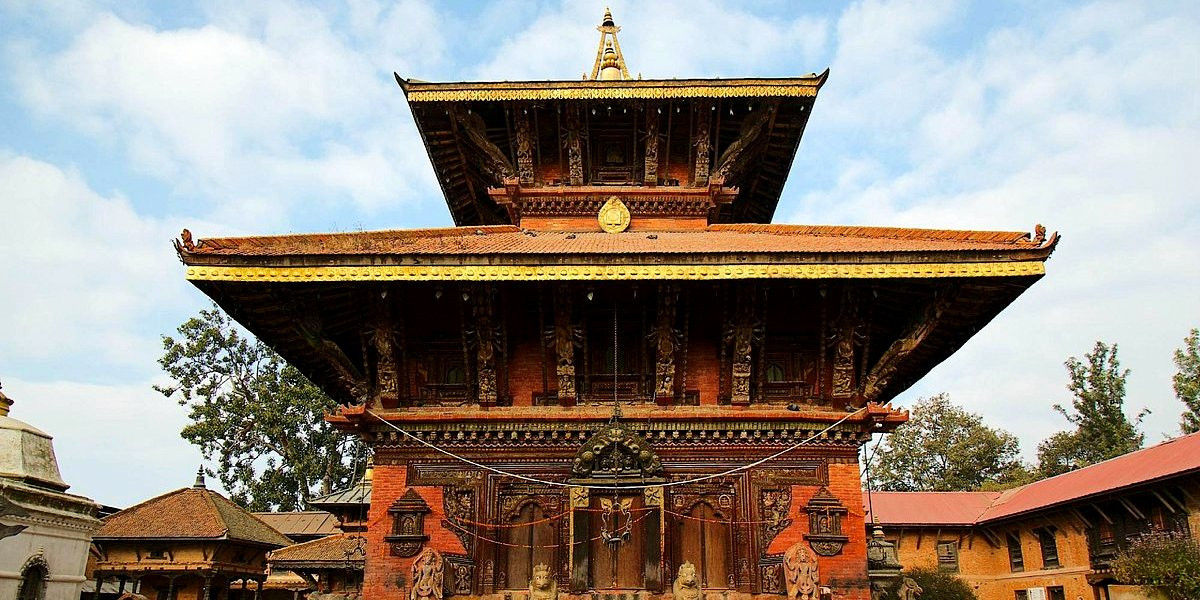
Historical Significance
-
Ancient Origins: The temple’s history dates back to the early 4th century, making it one of the oldest Hindu temples in Nepal. It has been reconstructed several times over the centuries due to damage caused by earthquakes.
-
Cultural Heritage: The temple is a testament to the Licchavi period, known for its advancements in art and culture. The site features stone inscriptions that are among the oldest in Nepal, providing valuable insights into the history and society of that time.
Architectural Highlights
-
Stone and Wood Carvings: Changu Narayan Temple is renowned for its intricate carvings in wood and metal. The struts, doors, and windows of the temple are adorned with beautifully detailed depictions of various deities from Hindu mythology.
-
Garuda Pillar: At the entrance of the temple, there is a significant statue of Garuda kneeling in prayer, dedicated to Vishnu. This statue dates back to the 5th century and is a focal point for pilgrims.
-
Double-Roofed Structure: The temple is designed in a traditional Nepalese pagoda style, characterized by its double roofs and richly decorated facade.
Cultural and Religious Practices
-
Pilgrimage Site: Changu Narayan is a vital pilgrimage site for devotees of Vishnu. Throughout the year, various festivals and rituals are celebrated here, drawing crowds of worshippers from all over Nepal.
-
Educational Tours: The temple complex is often included in educational tours for students and scholars interested in the history and architectural styles of the Kathmandu Valley.
Visiting Changu Narayan Temple
-
Accessibility: The temple is accessible via a scenic road that winds through the hills north of Bhaktapur. Public buses and taxis are available from major points in Kathmandu and Bhaktapur.
-
Best Time to Visit: The best time to visit is early morning or late afternoon when the temple is less crowded, and the light is ideal for photography.
-
Local Attractions: The area around Changu Narayan offers a variety of small shops and eateries, as well as trails for short hikes, providing a fuller experience of local culture and natural beauty.
A visit to Changu Narayan Temple not only offers a spiritual journey but also a deep dive into the artistic and architectural prowess of ancient Nepal. Its serene environment, coupled with breathtaking views and historical richness, makes it a must-visit destination for anyone traveling through the Kathmandu Valley.
Dhulikhel's Panoramic Landscapes
Dhulikhel, a picturesque town situated just 30 kilometers east of Kathmandu, is renowned for its panoramic views of the Himalayan range and its traditional Newari architecture. As a popular destination for both tourists and locals, Dhulikhel offers a serene escape from the bustling city life of Kathmandu, providing a glimpse into rural Nepalese culture alongside stunning natural beauty.
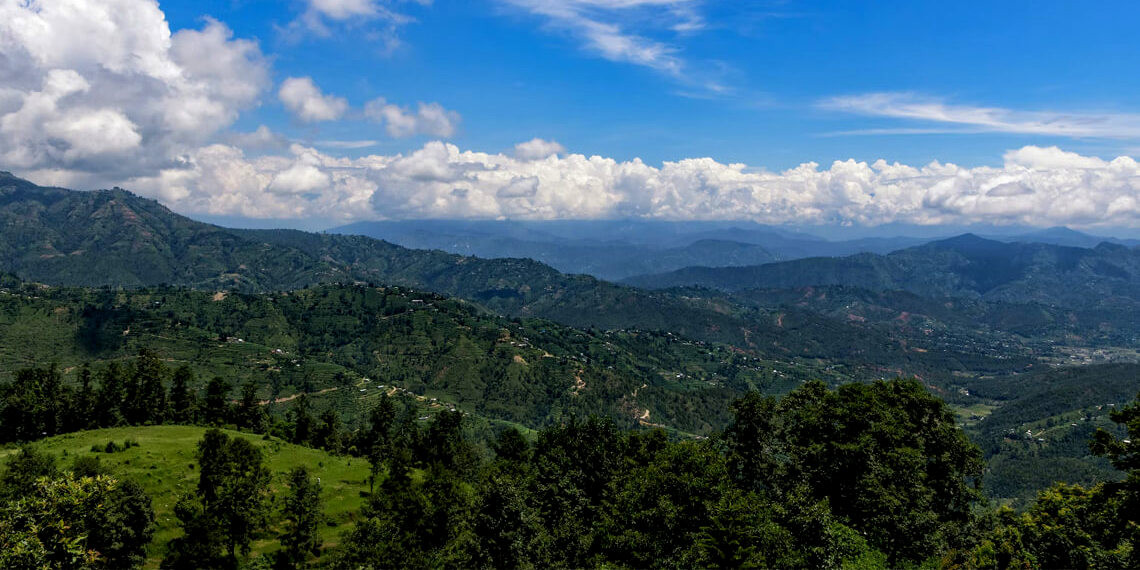
Why Visit Dhulikhel
-
Spectacular Mountain Views: Dhulikhel is a prime spot for viewing some of the highest peaks in the world. On a clear day, visitors can see more than 20 Himalayan peaks including Mt. Annapurna, Mt. Ganesh Himal, Mt. Langtang, Mt. Phuribichyachu, Mt. Gaurishanker, and the majestic Mt. Everest.
-
Hiking and Walking Trails: The town is a starting point for numerous hikes and walks that cater to all levels of fitness. These trails wind through lush forests and traditional villages, often leading to vantage points that offer even more extensive views of the mountains.
-
Cultural Experience: Dhulikhel is home to centuries-old temples and traditional Newari houses. The intricate wood carvings and beautifully preserved architecture provide a deep insight into the skills and traditions of the Newar people.
Popular Activities in Dhulikhel
-
Panoramic Hiking Routes: One of the most popular activities in Dhulikhel is hiking the many trails that offer scenic views and cultural encounters. The Dhulikhel to Namobuddha hike is particularly notable, connecting the town with the sacred Buddhist site of Namobuddha.
-
Photography: With its expansive landscapes and traditional architecture, Dhulikhel is a paradise for photographers looking to capture the essence of Nepal’s natural and cultural beauty.
-
Relaxation and Wellness: Many visitors come to Dhulikhel for wellness retreats. Several resorts offer yoga, meditation, and spa treatments that utilize the tranquil setting for a restorative experience.
-
Best Time to Visit: The best times to visit Dhulikhel for clear skies and the best mountain views are from October to December and from March to April. During these months, the weather is generally dry, providing clear days ideal for hiking and photography.
Getting There: Dhulikhel is easily accessible by road from Kathmandu. The drive takes about an hour, making it a perfect destination for a day trip. Public buses and taxis are readily available from Kathmandu, and many tourists choose to rent a bike or a scooter for a more adventurous journey to the town.
Visiting Dhulikhel not only offers the chance to witness the grandeur of the Himalayas up close but also provides a peaceful retreat where one can immerse themselves in the natural and cultural splendor of Nepal. Whether you’re there for the hiking, the views, or simply to enjoy a quiet moment away from the city, Dhulikhel offers a memorable and enriching experience.
Namobuddha Monastery
Namobuddha Monastery, also known as Thrangu Tashi Yangtse Monastery, is a significant and sacred Buddhist site located approximately 40 kilometers east of Kathmandu, Nepal. Nestled in the tranquil hills, the monastery not only offers a peaceful spiritual retreat but also commands a breathtaking panoramic view of the surrounding landscapes.
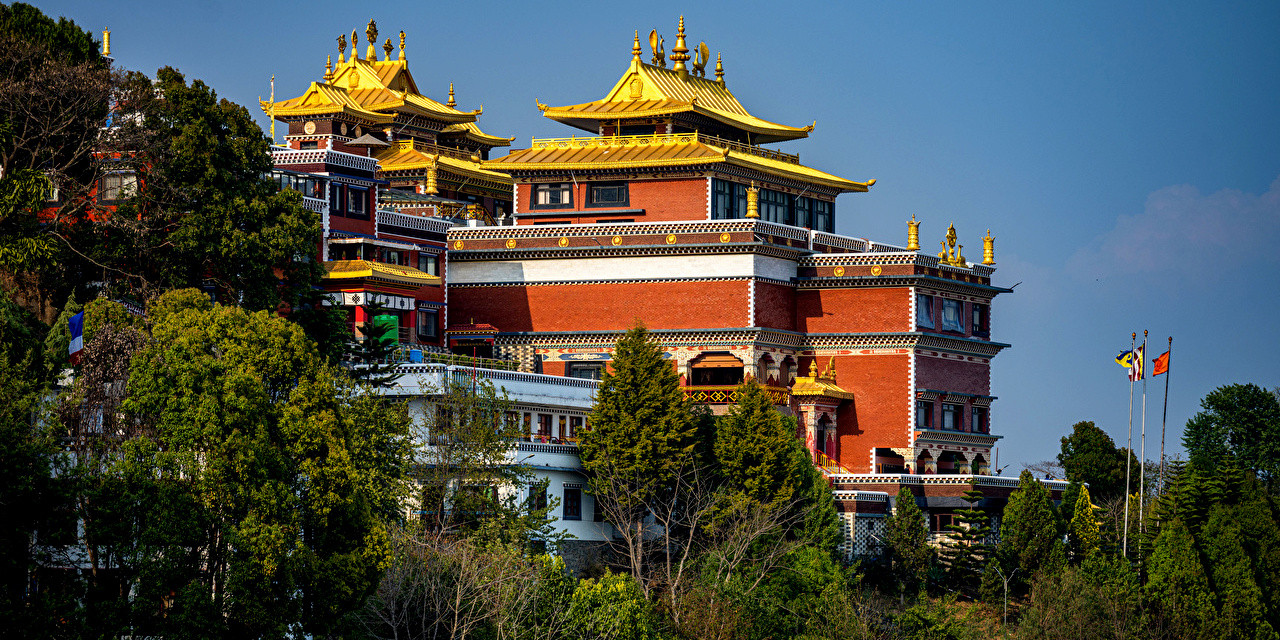
-
Spiritual Significance: Namobuddha Monastery is steeped in Buddhist legend. According to the lore, the site commemorates a historic act of compassion: it is here that a prince, in a previous life of the Buddha, encountered a starving tigress close to death, unable to feed her cubs. Moved by compassion, the prince offered his own body to the tigress as food, an act of self-sacrifice to save the lives of the animals. This story is a pivotal example of the Buddha’s compassion and is deeply revered in Mahayana Buddhism.
-
Architectural Beauty: The monastery complex at Namobuddha is a stunning example of traditional Buddhist architecture. The main shrine room of the monastery is beautifully adorned with intricate paintings and statues that depict various aspects of the Buddha’s life and teachings. Surrounding the main temple are prayer wheels, stupas, and smaller shrines, each adding to the serene and spiritual atmosphere of the site.
-
Panoramic Views: Situated atop a hill, Namobuddha offers panoramic views of the surrounding countryside, with lush green hills and terraced farms stretching into the distance. The clear mountain air and peaceful environment make it an ideal location for meditation and reflection.
-
Pilgrimage and Festivals: Namobuddha draws thousands of pilgrims each year, especially during special Buddhist festivals such as Buddha Jayanti (the Buddha’s birthday). During these times, the monastery becomes a hub of activity with religious ceremonies, prayer sessions, and the continuous chanting of mantras.
-
Educational and Cultural Insights: The monastery is also a center for Buddhist education and practices, housing many monks who live and study there. Visitors have the opportunity to learn about Buddhist teachings and observe daily rituals and practices, providing a deep insight into the monastic life.
-
Trekking Destination: The journey to Namobuddha itself can be a rewarding trek. The trail winds through small villages and past terraced fields, with several routes varying in length and difficulty, making it accessible to many travelers. The trek provides a combination of cultural immersion and natural beauty, enhancing the pilgrimage experience.
-
Accessibility: Namobuddha is accessible via a motorable road or through hiking trails from Dhulikhel, making it a flexible day trip or an integral part of a longer trekking itinerary. Whether you're coming for spiritual reasons or simply to enjoy the peaceful surroundings and beautiful views, the monastery provides a profound and enriching experience.
A visit to Namobuddha Monastery is not just a cultural excursion; it is an opportunity to experience spiritual renewal and tranquility. It offers a unique insight into Buddhist philosophy and traditions, set against the backdrop of Nepal’s stunning natural beauty. Whether you are seeking spiritual depth, cultural engagement, or simply a peaceful retreat from the modern world, Namobuddha provides a fulfilling and enriching experience.
Kakani's Strawberry Farms
Kakani, a quaint hill station located just 29 kilometers northwest of Kathmandu, offers a delightful escape into the rural landscapes of Nepal. Famous for its strawberry farms, Kakani provides a unique and refreshing experience for visitors, combining natural beauty with agricultural tourism.
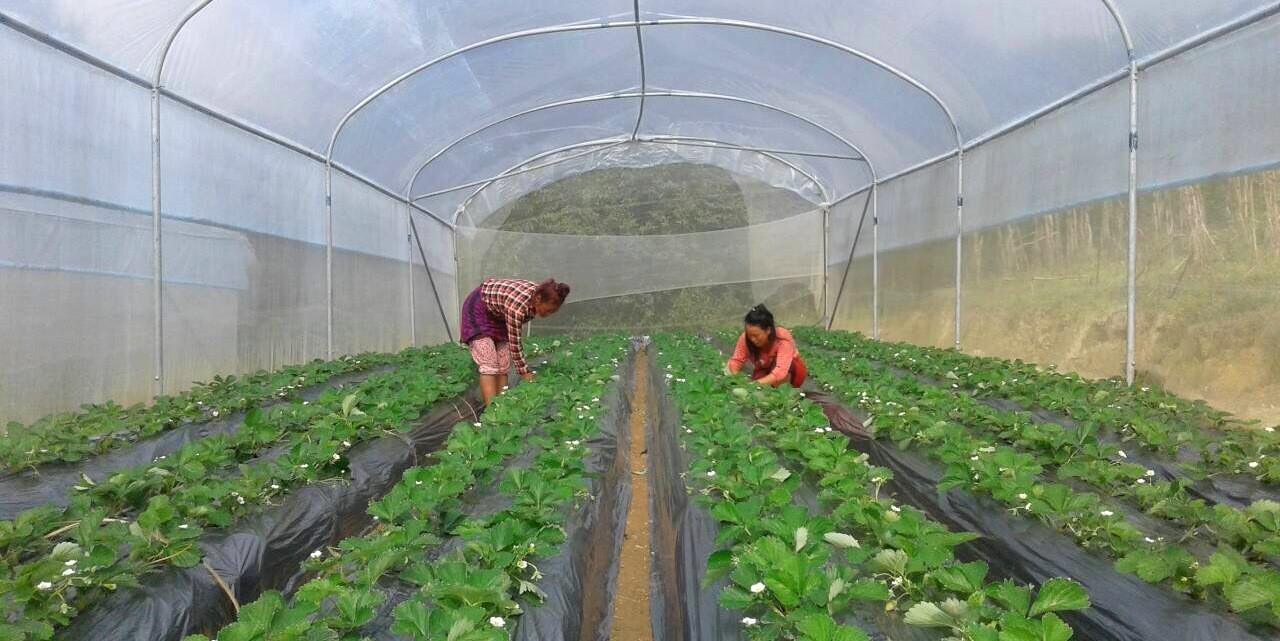
Why Visit Kakani's Strawberry Farms
-
Strawberry Picking: Kakani is one of the few places in Nepal where visitors can engage in strawberry picking directly from the farms. The experience of picking fresh strawberries right from the plant is both enjoyable and memorable, especially from December to April when the strawberries are in season.
-
Scenic Views: Positioned at an altitude of 2,073 meters, Kakani offers stunning views of the Ganesh Himal and central Himalayas. The serene environment and lush greenery make it a perfect spot for nature lovers and photographers.
-
Local Cuisine: After a day in the fields, visitors can sample local dishes that incorporate the freshly picked strawberries. Many small eateries and local homes prepare meals and desserts that highlight the sweetness and freshness of their home-grown produce.
Activities in Kakani
-
Hiking and Nature Walks: Besides strawberry picking, Kakani is also a starting point for several trekking and hiking trails. These trails often lead through nearby forests and villages, offering insights into local life and more breathtaking vistas of the surrounding mountains.
-
Picnicking: The area is popular for picnics due to its picturesque setting and mild weather. Families and groups often spend a day here, enjoying the outdoors and the peaceful atmosphere.
-
Cultural Exploration: Visitors can also explore the nearby Tamang villages, where they can learn about the culture and traditions of the Tamang people, one of the indigenous tribes of Nepal.
-
Best Time to Visit: The ideal time to visit Kakani for strawberry picking is from December to April when the strawberry plants are laden with fruit. However, the region is beautiful year-round, with each season offering a different aspect of its charm.
Getting There: Kakani is easily accessible by road from Kathmandu, with the drive taking about an hour. This proximity makes it an excellent option for a day trip. Public transportation is available, but renting a car or taking a taxi provides more flexibility with schedules and stops.
A trip to Kakani’s strawberry farms is a delightful way to experience the natural and agricultural wonders of Nepal. It offers a blend of gastronomic joy, serene landscapes, and cultural richness, making it a memorable getaway from the hustle and bustle of Kathmandu. Whether you’re looking for a family-friendly activity, a romantic outing, or a solo adventure, Kakani provides a picturesque backdrop to enjoy the simple pleasures of life.
Tips for Best Day Trips in Kathmandu
Planning a day trip from Kathmandu can be an exhilarating way to explore the rich cultural tapestry and stunning natural landscapes that surround Nepal's bustling capital. Here are some tips to ensure you have the best experience on your day trips around Kathmandu:
-
Start Early: Many day trips from Kathmandu, especially those that involve sunrise views like in Nagarkot, benefit from an early start. This helps you avoid the city traffic and maximize your time at your destination.
-
Check the Weather: Weather can greatly influence your experience, especially if you’re planning to enjoy outdoor activities or mountain views. Check the forecast to choose a day with clear skies for the best visibility and safer hiking conditions.
-
Dress Appropriately: Weather in the Kathmandu Valley and its surrounding areas can be quite variable. Dress in layers so you can adjust to changing temperatures, and wear comfortable walking or hiking shoes, especially if your trip involves exploring rural or rugged terrains.
-
Pack Essentials: Include sunscreen, hats, and sunglasses to protect against the sun. Carrying a water bottle, snacks, and a basic first aid kit can also enhance your comfort and safety during the trip.
-
Respect Local Customs: Many day trips from Kathmandu involve visits to religious sites or small villages. Dress modestly, ask permission before taking photographs of local people, and show respect towards cultural norms and traditions.
-
Hire a Guide: For certain destinations, hiring a local guide can enrich your experience. Guides not only provide insights into the local culture and history but can also assist in navigating trails and handling any language barriers.
-
Plan Transportation in Advance: Whether you’re renting a vehicle, hiring a taxi for the day, or using public transport, plan and book your transportation in advance. This is particularly important to avoid delays or inconveniences, especially during tourist seasons.
-
Stay Hydrated and Energized: Keep hydrated and eat well during your trip. Day trips can be more exhausting than anticipated, especially at higher altitudes or in the sun.
-
Manage Time Wisely: When visiting multiple sites in one day, keep track of time and travel distances between locations. It’s easy to underestimate how long you might want to spend at each site.
-
Explore Local Cuisine: Take the opportunity to try local dishes and specialties during your trip. Places like Dhulikhel, Bhaktapur, and Patan offer unique culinary experiences that reflect the local culture.
By following these tips, you can ensure a more enjoyable and fulfilling day trip experience from Kathmandu, allowing you to discover the beauty and diversity of the region with comfort and ease.
Ideal Time for Best Day Trips in Kathmandu
Choosing the best time for day trips around Kathmandu largely depends on the weather conditions, which can significantly influence the accessibility and enjoyment of various activities and sights. Here’s a guide to help you plan your trips according to the seasons:
Autumn (September to November)
-
Peak Season: Autumn is arguably the best time for day trips from Kathmandu. The weather is generally dry and clear, providing excellent conditions for mountain views.
-
Temperature: The temperature is comfortable during the day, making it ideal for hiking and outdoor activities.
-
Festivals: This season also coincides with several major Nepali festivals like Dashain and Tihar, offering travelers a chance to experience local culture and traditions.
Winter (December to February)
-
Clear Skies: Winter offers clear skies, which is great for those looking to capture panoramic views of the Himalayas.
-
Cooler Temperatures: Days can be quite cool, especially in the mornings and evenings, so appropriate winter clothing is necessary.
-
Quieter Trails: There are fewer tourists during this time, making it a good season for those who prefer a more peaceful experience.
Spring (March to May)
-
Blooming Nature: Spring is another fantastic time for day trips as the weather is pleasant, and the landscapes are vibrant with blooming flowers, especially rhododendrons.
-
Warm Weather: Temperatures gradually warm up, making it comfortable for all kinds of activities.
-
Visibility: While the skies may not be as clear as in autumn, the ability to see the mountains is still good.
Monsoon (June to August)
-
Rainy Season: Monsoon season sees frequent rainfall, which can lead to muddy trails and leeches, especially in wooded areas and hiking trails.
-
Lush Greenery: The rain does bring lush greenery, making the landscape exceptionally beautiful, which can be a plus for photographers.
-
Plan Accordingly: If planning day trips during this time, it’s best to start early to avoid the afternoon showers, and always check local weather forecasts.
General Tips:
-
Early Starts: Regardless of the season, starting your trips early in the day can help you make the most of your time and avoid the afternoon heat or rain.
-
Local Events: Check the local calendar for any events or festivals happening during your visit, as these can enhance your travel experience but also affect crowd levels.
-
Preparation: Always prepare for variable weather by carrying essentials like water, snacks, sun protection, and a raincoat.
By choosing the right time for your visit based on these seasonal characteristics, you can enhance your experience of the day trips from Kathmandu, enjoying not only the sites but also the journey itself.
Exploring the diverse surroundings of Kathmandu through its best day trips offers an immersive experience into the rich tapestry of culture, history, and natural beauty of Nepal. From the historic splendor of Bhaktapur Durbar Square to the serene vistas of Nagarkot, each trip provides a unique glimpse into the region's heritage. Whether it's the artisan workshops of Patan, the spiritual calm of Namobuddha Monastery, or the natural trails of Shivapuri, these excursions cater to all interests and provide a meaningful escape from city life. Each destination promises unforgettable experiences and panoramic views that deepen your appreciation for Nepal's vibrant life and landscapes. With Relax Getaways, anticipate days filled with discovery and awe, showcasing the very best of Kathmandu and its environs.
FAQs for Best Day Trips in Kathmandu
Q: What are the best day trips from Kathmandu?
A: The top recommended day trips include visiting Bhaktapur Durbar Square, catching the Nagarkot sunrise, exploring Patan’s artisan workshops, hiking the Shivapuri trails, and experiencing the spiritual calm of Namobuddha Monastery.
Q: How far is Nagarkot from Kathmandu and is it suitable for a day trip?
A: Nagarkot is about 32 kilometers from Kathmandu, making it perfectly suitable for a day trip. It's a popular spot for its stunning sunrise and sunset views over the Himalayas.
Q: Are there any entry fees for the historical sites near Kathmandu?
A: Yes, sites like Bhaktapur Durbar Square and Patan Durbar Square charge entry fees, which contribute to the maintenance and preservation of these historical landmarks.
Q: What should I wear for day trips in Kathmandu?
A: Opt for comfortable, weather-appropriate attire and sturdy footwear, especially if your trip includes hiking. For temple visits, ensure your clothing covers shoulders and knees as a sign of respect.
Q: Can I find guided tours for these day trips?
A: Guided tours are available for most day trips around Kathmandu, offering detailed insights and enriching the experience at cultural and historical sites.
Q: What are the best activities for families with children?
A: Families might enjoy strawberry picking in Kakani, light hikes in Shivapuri National Park, or exploring the vibrant scenes at Bhaktapur and Patan.
Q: How can I reach these day trip destinations from Kathmandu?
A: These destinations can be accessed by local bus, taxi, or private vehicle. For more flexibility, consider hiring a private vehicle or taxi.
Q: Are there restaurants or food available at these destinations?
A: Yes, most destinations offer local eateries or restaurants, particularly in tourist-frequented areas like Bhaktapur, Patan, and Dhulikhel, where a variety of dining options are available.
Q: What is the best time of year to go on these day trips?
A: The ideal times for these day trips are during the spring (March to May) and autumn (September to November) seasons, featuring clear weather and mild temperatures.
Q: Is it safe to travel alone on these day trips?
A: Yes, traveling alone is generally safe. However, it’s advisable to keep your belongings secure, stay informed about the areas you visit, and consider hiring a local guide or joining a tour group for added security and a richer experience.
For the Nepal tour, please click here.
If you are looking for different kinds of Nepal Tours or Trekking Packages, feel free to contact us.
